From 16-00
At National University of Science and Technology MISiS, lecture hall Б-636 (6th floor)
MISiS, Leninskiy prospekt 4
Superconducting Metamaterials Laboratory / smm@misis.ru, +7(929)5667760
The seminar of Dr. Roberto Stassi and Dr. Mauro Cirio will be held in National University of Science and Technology MISIS (Moscow, Leninskiy prospekt 4) lecture hall № Б-636 (6th floor), on 21 of December 2017 at 16:00 a.m.
Program
1. Probing the dressed structure of the light-matter ground state in the ultra-strong coupling regime
Authors: M. Cirio, N. Lambert , S. De Liberato, K. Debnath, and F. Nori
- CEMS, RIKEN, Wako-shi, Saitama 351-0198, Japan
- School of Physics and Astronomy, University of Southampton, Southampton SO17 1BJ, UK
- Ecole Polytechnique Federale de Lausanne (EPFL), CH-1015 Lausanne, Switzerland
- Department of Physics, University of Michigan, Ann Arbor, Michigan 48109-1040, USA
Abstract:
When the interaction strength between matter and the radiation field confined in a cavity becomes a sensible fraction of the bare energy of the system, hybridization properties become relevant. For example, in this ultra-strong coupling regime, the expected number of photons present in the light-matter ground state is non-zero. When matter can be modelled as a two level system, since the ground state has minimal amount of energy, these “virtual” photons cannot be spontaneously emitted into extra-cavity radiation. Different theoretical ideas, mainly based on non-adiabatic modulations of the light-matter interaction strength, have been proposed to induce such an emission (as, for example, in [1, 2, 3]). Following this line of research, in [4], we show that an electric current flowing through a system in the ultra-strong coupling regime can induce emission of extra-cavity radiation, i.e., electroluminescence. While standard electroluminescence relies on the population of excited states followed by spontaneous emission, the process we describe extracts bound photons from the dressed ground state and it has peculiar features that unequivocally distinguish it from usual electroluminescence. However, while they probe the presence of virtual photons in the system, methods based non-adiabatic modulations of the light-matter interaction destroy all internal coherences present in the dressed ground state. It is then relevant to find new ways to probe the structure of the light-matter ground state which do not rely on a fast modulation of the coupling (which might also be challenging to realize) and are not invasive. In [5] (see [6] for a parallel theoretical proposal) we show that, utilizing a time-dependent opto-mechanical interaction, a mechanical probe can provide an amplified measurement of the virtual photons dressing the quantum ground state of an ultra strongly-coupled light-matter system while minimally disturbing it.
[1] C. Ciuti, G. Bastard and I. Carusotto, Phys. Rev. B 72, 115303 (2005).
[2] S. De Liberato, D. Gerace, I. Carusotto, and C. Ciuti, Phys. Rev. A 80, 053810 (2009).
[3] R. Stassi, A. Ridolfo, O. Di Stefano, M. J. Hartmann, and S. Savasta, Phys. Rev. Lett. 110, 243601 (2013).
[4] M. Cirio, S. De Liberato, N. Lambert, F. Nori, Phys. Rev. Lett. 116, 113601 (2016).
[5] M. Cirio, K. Debnath, N. Lambert, F. Nori, Phys. Rev. Lett. 119, 053601 (2017).
[6] J. Lolli, A. Baksic, D. Nagy, V. E. Manucharyan, and C. Ciuti, Phys. Rev. Lett. 114, 183601 (2015).
2. Quantum Memory in the Ultrastrong-Coupling Regime via Parity Symmetry Breaking
Author: R. Stassi
- Theoretical Quantum Physics Laboratory, RIKEN, 2-1 Hirosawa, Wako-Shi, Saitama, 351-0198, Japan
Abstract:
Quantum systems are affected by interactions with their environments, causing decoherence through two processes: pure dephasing and energy relaxation. It is important to prolong the coherence time of Josephson qubits and other artificial two-level atoms, but every improvement that increases the pure dephasing time is limited by energy relaxation. I show theoretically that, when these qubits are deep in the ultrastrong light-matter coupling regime and the parity symmetry is broken, it is possible to enhance their coherence time and use these qubits as quantum memories. In this regime the energy relaxation is strongly suppressed. To preserve the coherence from pure dephasing, we prove that it is possible to apply dynamical decoupling. We also use an auxiliary atomic level to store and retrieve quantum information.
Please don't forget to take passport for entering to the University.
FREE ENTRANCE
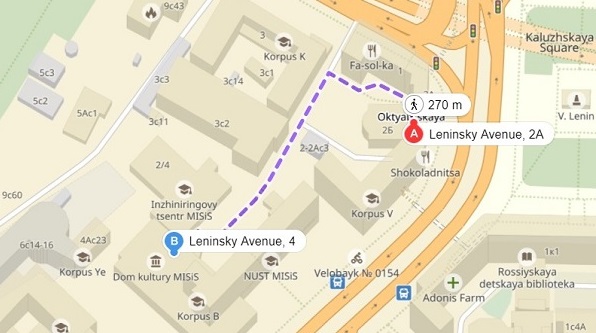




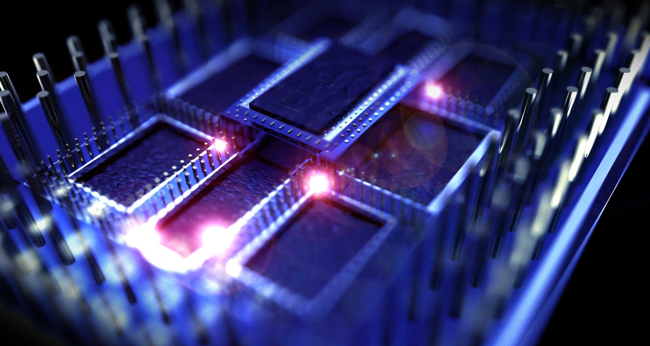
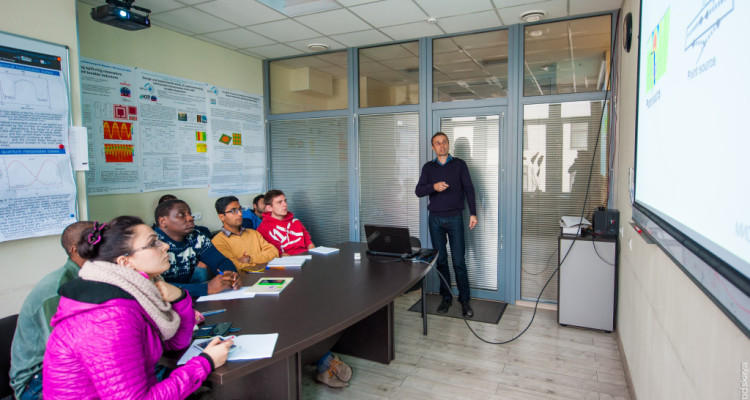
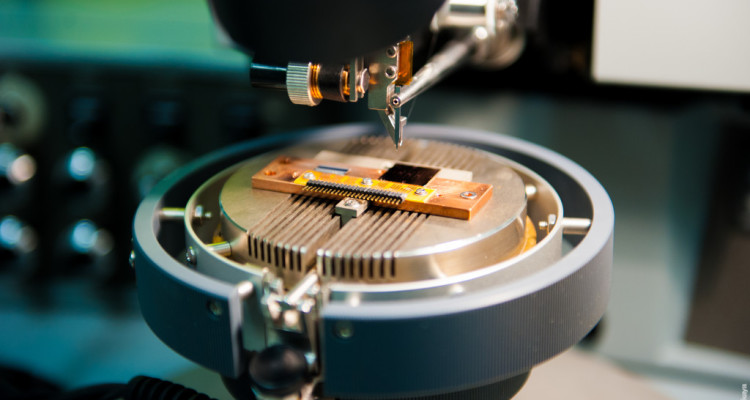
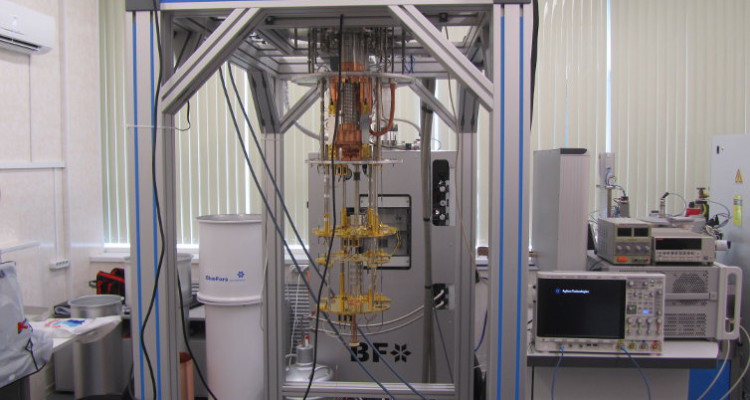
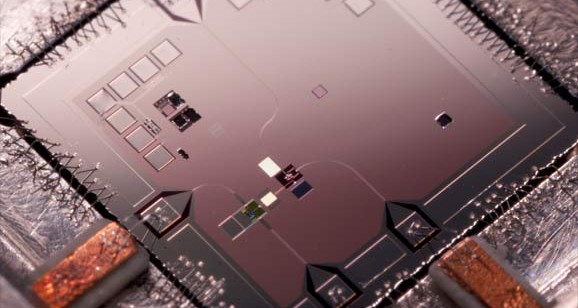
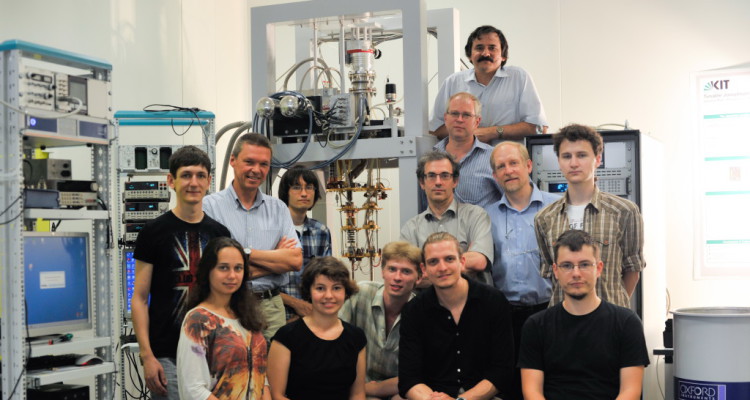
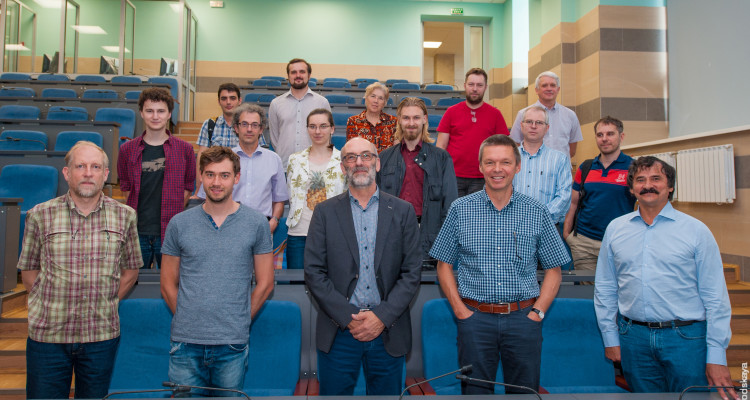
 18 December 2017
18 December 2017 